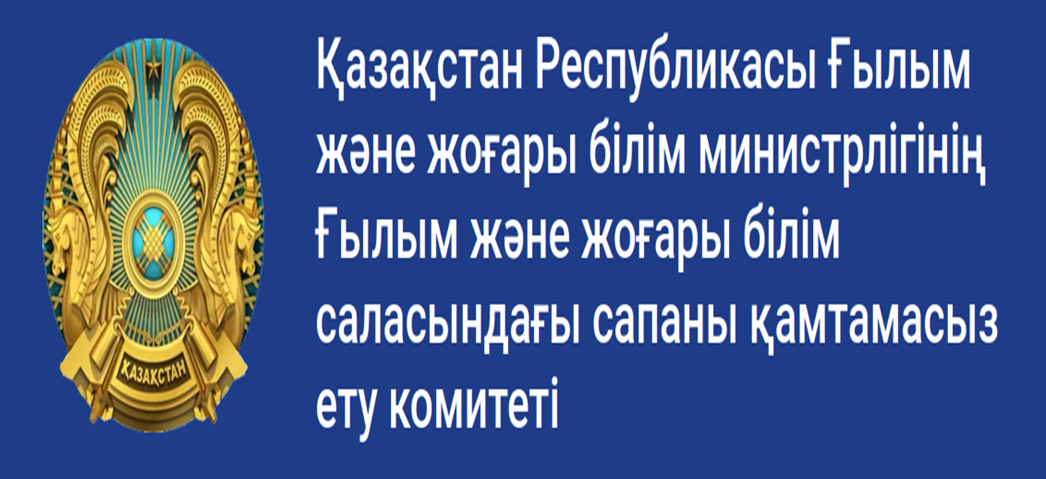Ancient inhabitants of Eastern Tien Shan and their cultural heritage
Views: 302 / PDF downloads: 397
DOI:
https://doi.org/10.32523/2664-5157-2022-1-34-46Keywords:
Eastern Tien Shan, Eastern Turkestan, Sakas, Huns, Usuns, ancient Turks, Alagu Saka burial ground, gold jewelry, bronze items, applied arts, animal style, anthropology, linguistic features, economic traditions, the Silk Road, ancient citiesAbstract
Anthropological studies of East Turkestan in the region of the Tien Shan mountains are still
relevant and in demand. The richest history and culture of the region are of great interest. The Tien Shan
Mountains are a natural geographical feature separating it from the center. The south of the mountain is
an area of traditional settled culture, and the north is an area of nomadic culture. The article for the first
time considers the emergence and development of ethnic, linguistic and cultural ties of the ancient peoples
of the Eastern Tien Shan, such as Sakas, Huns, Usuns and Tujue (blue Turks).
So far, however, there has been little discussion about the origin of the Sakas of the Central and Eastern
Tien Shan. Some scholars associate them with the Scythians in the west and the Indo-European peoples in
the southwest, while Chinese evidence suggests that Sakas came from the east, from the Hessian corridor.
According to the author, the Sakas of the Eastern Tien Shan is a superethnos formed by the interaction of
Indo-European and Mongoloid peoples; the northern part of the Sakas belonged to the Mongoloid race,
who spoke mainly Turkic languages, and a small part of the southern Sakas belonged to the European type,
who spoke the Tocharian dialect of the Indo-European languages. The author emphasizes that although
they have similar linguistic and anthropological features, they have common elements in applied art and
clothing. In this context, the article analyzes the cultural heritage of the Sakas and Usuns found in the
Eastern Tien Shan and compared with similar artifacts found in Semirechye and Altai.
The article also pays attention to the ancient cities and settlements along the Great Silk Road, connecting
East Turkestan with Central Asia and Kazakhstan.


























